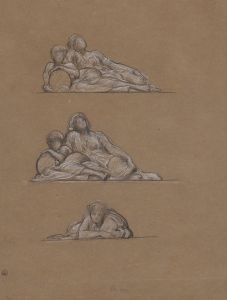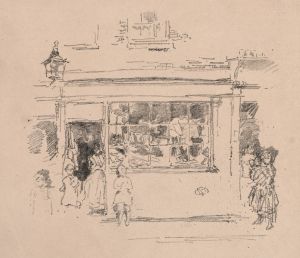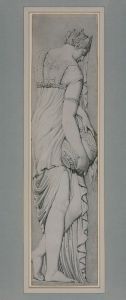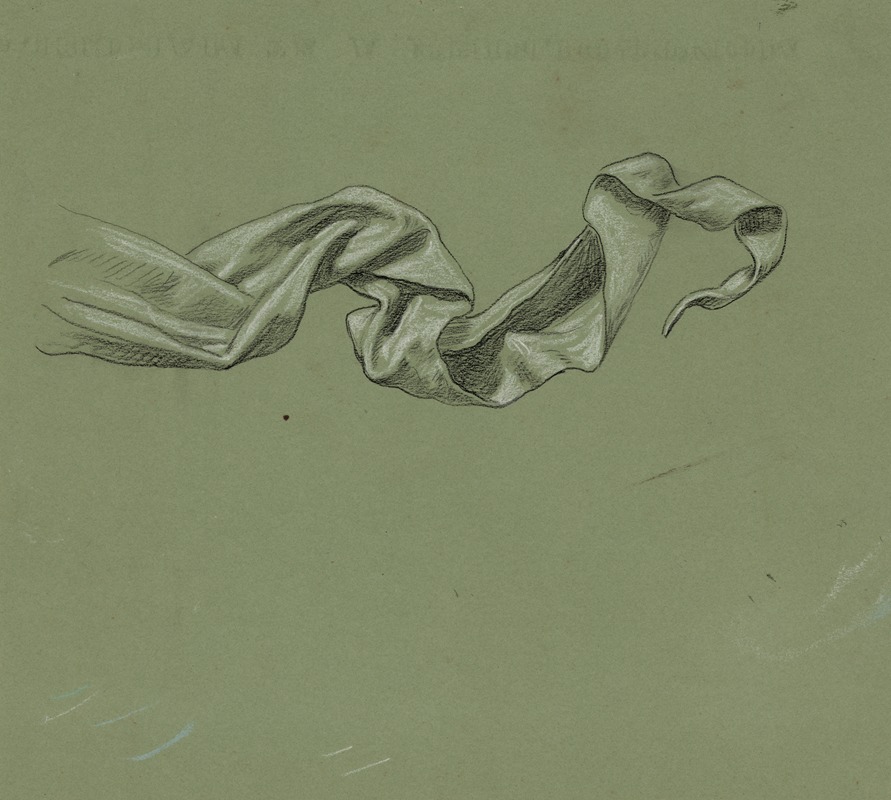
Study of drapery, no. 1
A hand-painted replica of Elihu Vedder’s masterpiece Study of drapery, no. 1, meticulously crafted by professional artists to capture the true essence of the original. Each piece is created with museum-quality canvas and rare mineral pigments, carefully painted by experienced artists with delicate brushstrokes and rich, layered colors to perfectly recreate the texture of the original artwork. Unlike machine-printed reproductions, this hand-painted version brings the painting to life, infused with the artist’s emotions and skill in every stroke. Whether for personal collection or home decoration, it instantly elevates the artistic atmosphere of any space.
Elihu Vedder, an American symbolist painter, is known for his unique and imaginative works that often explore themes of mythology, mysticism, and the human condition. One of his lesser-known works, "Study of Drapery, No. 1," showcases his skill in capturing the intricate details and textures of fabric, a common practice among artists to refine their technique and understanding of form and light.
Vedder was born on February 26, 1836, in New York City and spent a significant portion of his career in Italy, where he was influenced by the classical art and architecture that surrounded him. His time in Italy allowed him to immerse himself in the rich artistic traditions of the Renaissance, which can be seen in his meticulous attention to detail and his interest in allegorical subjects.
"Study of Drapery, No. 1" is a testament to Vedder's dedication to mastering the technical aspects of art. Drapery studies are a traditional exercise for artists, used to practice rendering the folds and movement of fabric, which can be challenging due to its complex interplay with light and shadow. These studies help artists understand how to depict the weight, texture, and flow of different materials, which is crucial for creating realistic and dynamic figures in their larger compositions.
While specific details about "Study of Drapery, No. 1" are scarce, it is likely that this work was part of Vedder's personal exploration and practice rather than a commissioned piece or part of a larger series intended for public exhibition. Such studies were often kept in artists' studios as reference material or as part of their private collections.
Vedder's broader body of work includes illustrations, paintings, and murals, with some of his most famous pieces being the illustrations for Edward FitzGerald's translation of "The Rubáiyát of Omar Khayyám." His style is characterized by a blend of realism and fantasy, often incorporating symbolic elements that invite viewers to delve deeper into the narrative or theme presented.
Throughout his career, Vedder received recognition for his contributions to the art world, and his works were exhibited in both the United States and Europe. He was associated with the American Pre-Raphaelites and the Aesthetic Movement, both of which emphasized beauty and detail in art.
In summary, "Study of Drapery, No. 1" by Elihu Vedder is an example of the artist's commitment to mastering the fundamentals of art through detailed studies. Although specific information about this particular work is limited, it reflects Vedder's broader artistic pursuits and his dedication to exploring the nuances of form and texture. His legacy as a symbolist painter continues to be appreciated for its depth, imagination, and technical skill.





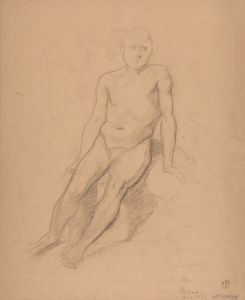
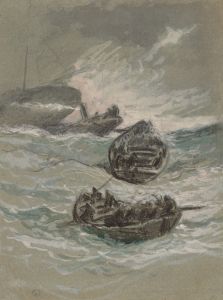
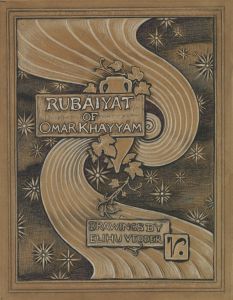
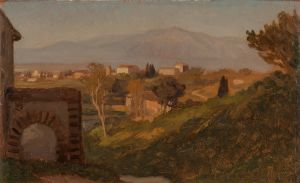
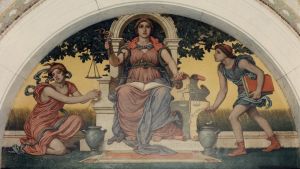
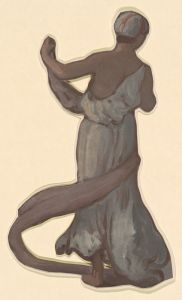
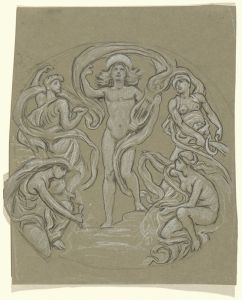
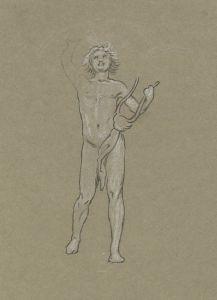
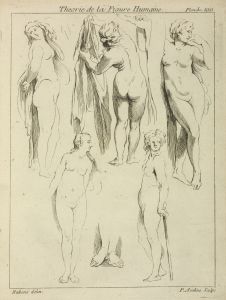
![Graphic designs for Fortune Magazine.] [Study for cover with telephone lines at different locations on the globe](/imgs/249255/s/winold-reiss-graphic-designs-for-fortune-magazine-study-for-cover-with-telephone-lines-at-different-locations-on-the-globe-d53cdea6.jpg)

